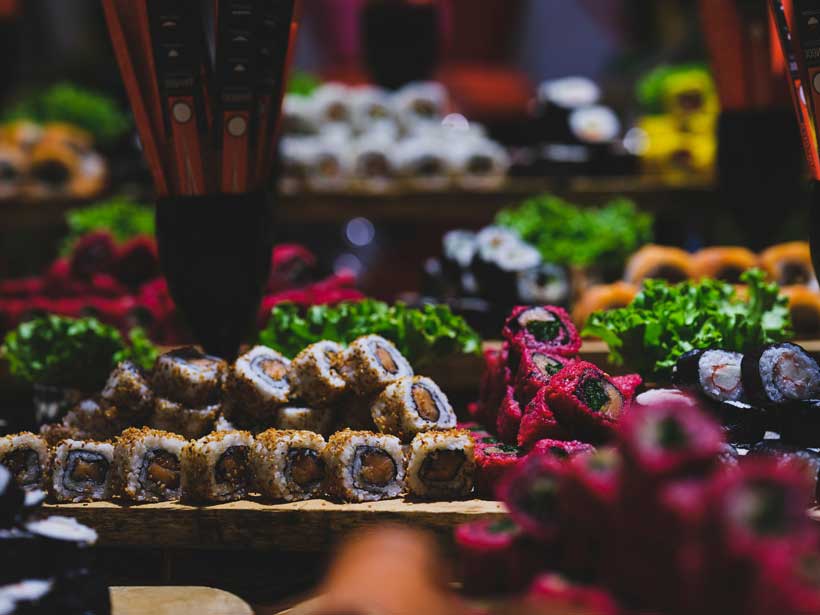Recent years have witnessed the mushrooming of oriental restaurants serving ‘authentic’ Chinese, Japanese, Korean, Thai, Malaysian and of late Vietnamese cuisine (in certain instances it is not so authentic!). It is not just expats or members of the diplomatic community of these countries residing in India, but even the Indian consumer, in not just metro cities but even tier 2 cities, who is always up for some lip-smacking cuisine from East and South-East Asia.
In metropolitan cities – especially Mumbai, the National Capital Region (NCR) region and Bengaluru — apart from several other cities, it is true that several Chinese, Japanese, Korean and Thai restaurants serve East Asian and South-East Asian cuisine of a high quality, which is truly authentic.
It would be pertinent to point out, that for long restaurants located in five-star hotels were the preferred choice for consumers willing to spend on some authentic oriental cuisine. That is no longer the case with a number of stand-alone restaurants (some in the fine dining category) mushrooming in recent years in not just metropolitan cities, but tier two cities as well.
If one were to look at Vietnamese, Indonesian and Malaysian stand-alone restaurants in India, there is certainly scope for more authenticity. It is also important, for restaurants specializing in one oriental cuisine, to focus on one cuisine – while a few popular dishes from other cuisines are perfectly acceptable – a mish mash of dishes from across the orient while specializing in one cuisine is not advantageous.
There is no doubt, that it is important to cater to Indian taste buds, it is also important to bear in mind, that a lot of Indian consumers who have travelled and have a good knowledge of different cuisines are looking for authentic cuisine.
A number of oriental restaurants, which claim to serve authentic oriental food and specialize in one particular oriental cuisine end up serving a mish-mash of different Asian cuisines. While there is nothing wrong in the same, it is important then to position yourself as a restaurant which serves a blend of dishes from across the orient. It would be pertinent to point out, that as far as Chinese, Thai, Japanese and Korean cuisine is concerned, the Indian consumer – especially in metropolitan cities – has numerous choices.
Here it would also be important to mention that many oriental restaurants have managed to strike a balance by catering to local palette, while also ensuring a degree of authenticity and providing a mix of dishes from the orient at a reasonable price. It is also important for stand-alone fine dining restaurants to realize, that if they are excessively over-priced, they will lose their competitiveness if there are other options available to the consumer.
In conclusion, there is a growing demand for East Asian and South-East Asian cuisine in India. As mentioned earlier, it is not just expats or members of the diplomatic community, but a large number of Indians who are well travelled who are willing to spend on good oriental cuisine. It is important however for restaurateurs and chefs to remain in sync with changing trends in the market, and to remain relevant in an increasingly competitive market.


